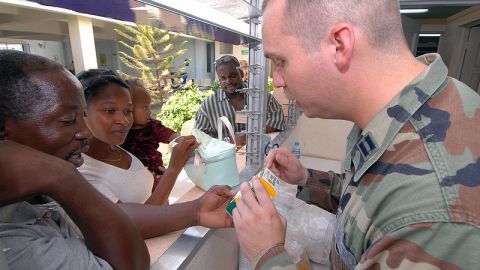Whether Here or Abroad, Translation Technology Proves Key in Emergency Assistance

When a debilitating earthquake hit Haiti last month, aid descended on the impoverished country from around the world. That aid proved vital. But the international attention paid to Haiti also showed the sizeable speed bump that the language barrier can pose. And that hurdle isn’t just a problem in international aid. It’s an important domestic reality as well.
While human translators were at the ready in Haiti, translation of written documents required the work of automated software. Fortunately for the rescue effort, Google, on top of pledging to donate $1 million, added Haitian Creole to its Google Translate service. Microsoft has done the same, introducing Creole into its proprietary Bing Translator. Spotlighted by certain automated translation needs in the face of the Haitian earthquake, scientists at Carnegie Mellon’s Language Technologies Institute are working on their own Creole translation application, a project that was originally scrapped in 1990.
These translation tools have proven particularly useful in international medical assistance. Using the Multilingual Dictionary of Disaster Medicine and International Relief as a template, a number of digital and mobile medical translation resources are readily available to emergency international aid workers. MIT’s Center for Future Civic Media even enlisted the help of Haitian expats in establishing their text-messaged-based translation service for emergency responders.
But the need for emergency translation assistance isn’t just isolated to natural disasters in foreign countries. For years now, translation services have proven increasingly important in hospitals all over the United States. A number of hospitals now include a number of on-call translators for numerous languages, whereas one or two Spanish translators used to be the norm. In New York, where practically every language imaginable can be found in any given emergency room, legislation has been introduced over the years to tighten up translation requirements.
The issue of the need for emergency assistance being lost in translation has been an issue in Europe as well. As the European Union has integrated a number of new languages over the past few years, there has been a sizeable backlog for translation services. Even China has started seeing a major translation lag in its efforts to adequately translate a wave of foreign literary work. But while a number of online and digital translation services, including One Hour Translation, offered their services at a discount for aid workers in Haiti, there could end up being increased demand worldwide. The only question is, can the translation industry keep up with demand during a down global economy? You might want to start practicing your French again to find out.





